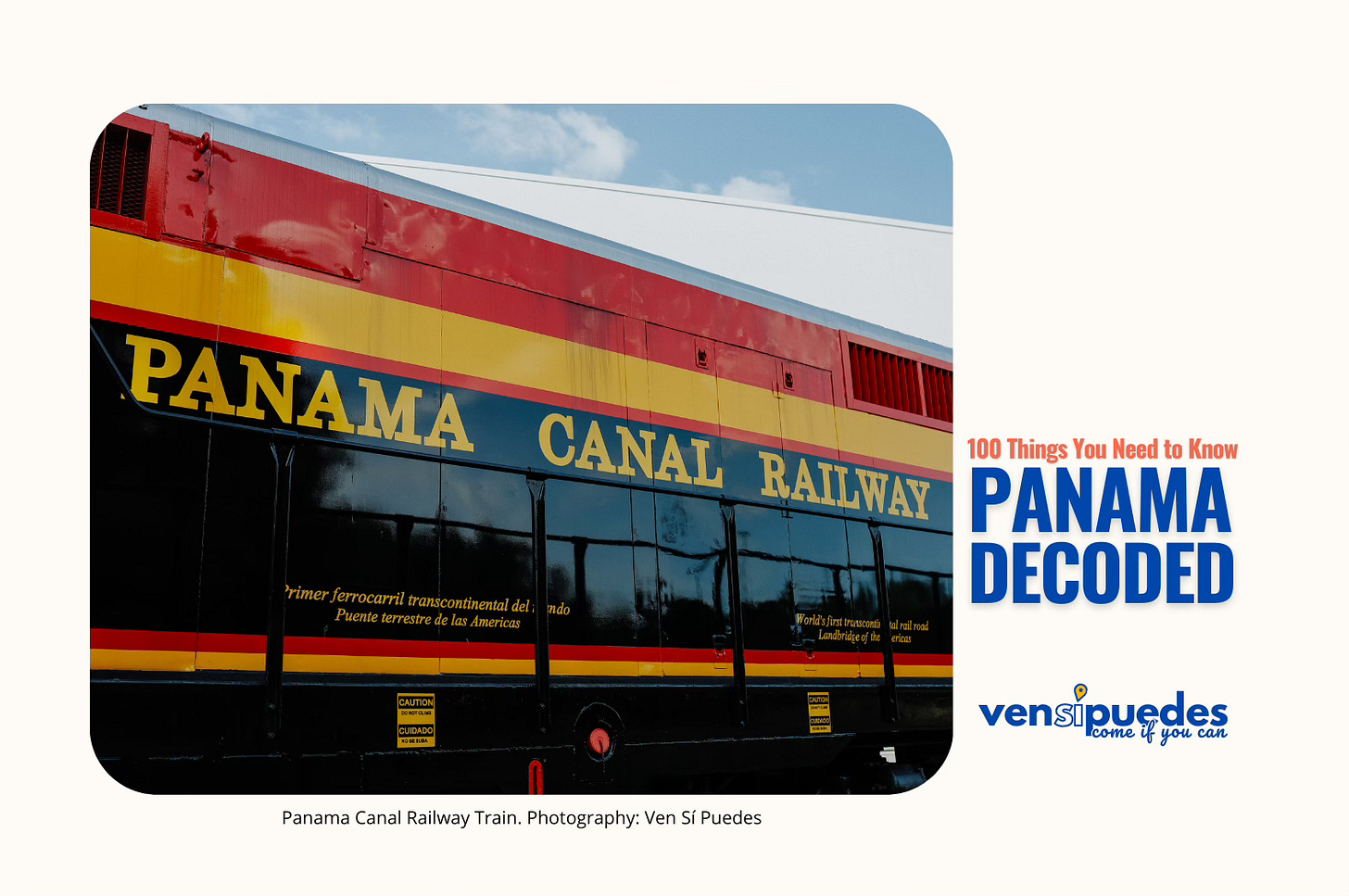Navigate Panama's unique driving culture, colorful Diablos Rojos buses, and taxi negotiation customs.
Part 13 of the 100 Things series: Essential transportation insights for visitors.
Transportation & Movement
61. Diablos Rojos Legacy
While being phased out in Panama City, these colorfully painted former US school buses are iconic public transportation. Each bus featured unique designs, powerful sound systems, and daring drivers. These rolling works of folk art represented Panamanian creativity and adaptation.
62. Aggressive Driving Norms
Panama's driving culture includes practices that might seem alarming to visitors: minimal use of turn signals, creative interpretation of lane markings, and opportunistic merging techniques. Understanding these unwritten rules becomes essential for safely navigating Panamanian roads.
63. Car Seat Optional Attitude
Child safety restraint use is inconsistent despite laws requiring car seats. Many families simply pile children into vehicles without special safety equipment. This practice reflects both cultural attitudes and economic realities for many households.
In my opinion: car seats aren't optional regardless of where we're traveling. The laws of physics don't change based on country borders or cultural norms - a 30 mph collision generates the same deadly forces everywhere on Earth. Same goes for seatbelt usage. I've seen well-meaning people suggest that "it's just a short drive" or "that's not how we did it growing up," but these arguments carry no weight when compared to the stark reality that proper restraints reduce fatal injuries by 71% for infants and 54% for toddlers. My child's body is precious and irreplaceable, and I refuse to gamble with their safety for the sake of convenience or cultural accommodation.
Bottom line: bring your child’s car seat with you, or purchase one when you arrive.
64. Pedestrian Vulnerability
Marked crosswalks don't guarantee that cars will stop for pedestrians. Crossing streets safely requires making eye contact with drivers in each lane before proceeding. Experienced pedestrians develop defensive walking strategies including using physical barriers as protection.
65. Taxi Negotiation Culture
Taxis generally operate without meters, requiring fare negotiation before starting journeys. Prices vary based on distance, time of day, weather conditions, and the passenger's perceived status as local or tourist. Regular routes develop standard pricing that becomes common knowledge among residents.




